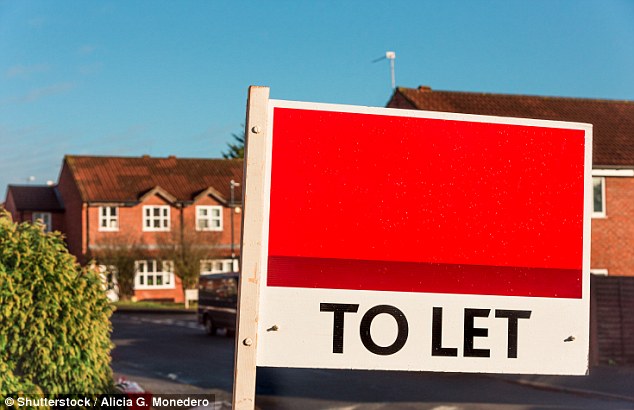buy-to-let: Ten tips for the essential advice for property investors

buy to let
buy-to-let mortgage rates may be at near rock bottom levels but investing in property is much tougher than it once was – a stamp duty tax crackdown on buying property investments and an income tax raid on rent has seen to that.
House price rises have also stalled, denting the prospect of making money from property inflation.
But for many Britons, the idea of investing in property still appeals, as they trust bricks and mortar and may feel that they can add value to a home in a way they can’t to an investment fund.
If you are tempted, make sure you read our 10 tips for buy-to-let guide, which is regularly updated and has helped millions of landlords over more than a decade.
Why invest in buy-to-let?
A world of low interest rates helps polish the attraction of buy-to-let. Returns on savings are low and mortgages are cheap.
But interest rates are forecast to rise and the 3 per cent stamp duty surcharge eats a large amount of your money, while the loss of full mortgage interest tax relief has eaten into returns.
Buy a £150,000 home and you will lose £5,000 in tax on stamp duty (use our stamp duty calculator) and your rental revenue will now be taxed not your profit.
As an income investment for those with enough money to raise a big deposit buy-to-let looks attractive, especially compared to low savings rates and stock market swings.
Meanwhile, the property market bouncing back after its financial crisis lows has encouraged more investors to snap up property in the hope of its value rising.
House price rises have priced most people out of London property investment, but some areas of the UK are still to regain the ground lost after the financial crisis slump and investors are increasingly looking there for stronger returns.
Mortgage rates at record lows are helping buy-to-let investors make deals stack up.
But beware low rates. One day they must rise and you need to know your investment can stand that test.
There is also a tax rise being put in place, as buy-to-let mortgage interest relief is axed and replaced with a 20 per cent tax credit.
Read Also – Defamation of Character by Unfair Victimization
Additionally, since April 2016 landlords now have to pay an extra 3 per cent stamp duty on property purchases.
Yet despite the tax changes, there are positives.
Greater demand from tenants, rents that should rise with inflation and the long horizon for interest rate rises, mean many investors are still tempted by buy-to-let.
If you are planning on investing, or just want to know more, we tell you the 10 essential things to consider for a successful buy-to-let investment below.
Like any investment, buy-to-let comes with no guarantees, but for those who have more faith in bricks and mortar than stocks and shares below are This is Money’s top 10 tips.
Source – https://www.dailymail.co.uk/money/





